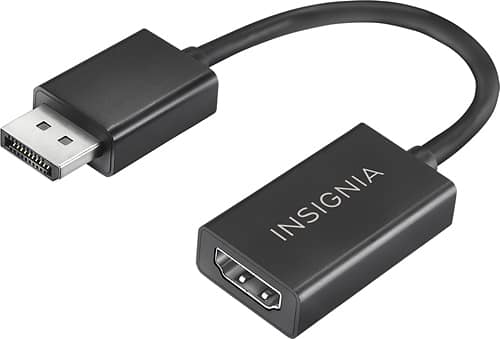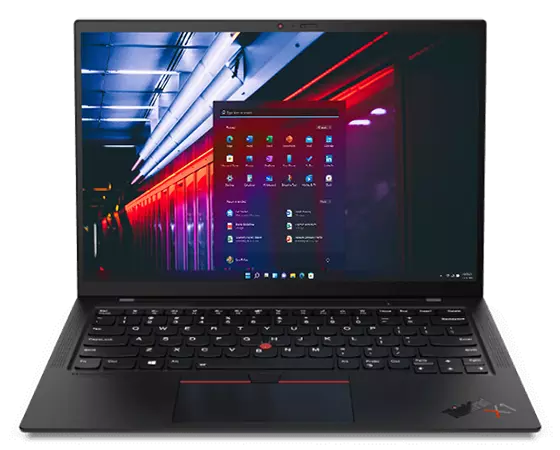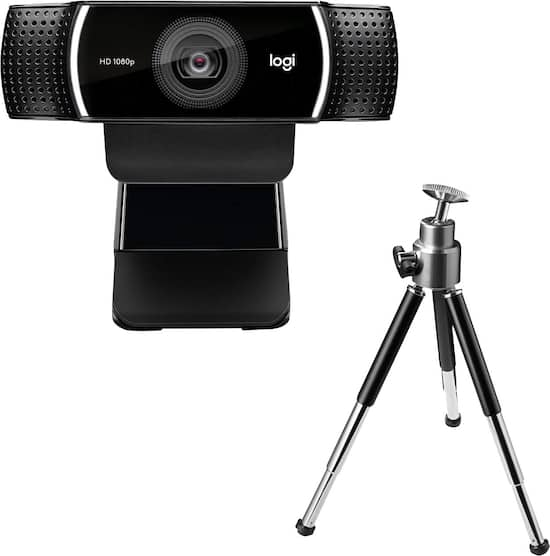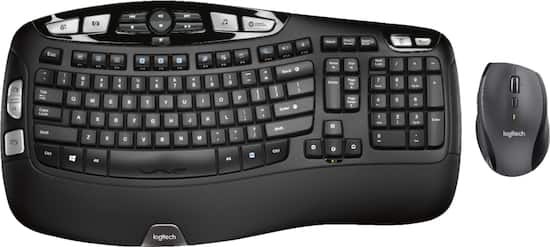Insignia™ – DisplayPort-to-HDMI Adapter – Black
This Insignia™ NS-PD94502 adapter allows you to connect your computer’s DisplayPort interface to an HDMI type-A input and supports up to 1920 x 1080p resolution, so you can enjoy sharp visuals.
This Insignia™ NS-PD94502 adapter allows you to connect your computer’s DisplayPort interface to an HDMI type-A input and supports up to 1920 x 1080p resolution, so you can enjoy sharp visuals.
Additional information
| Connector Type (End 1) | DisplayPort |
|---|---|
| Gender (End 1) | Male |
| Connector Type (End 2) | HDMI Type A |
| Gender (End 2) | Female |
| Warranty | 1 year |








by John
Great connector! I am using this to mirror a smart board.
by Jim
This adapter works as expected and allowed me to connect the monitor to my PC.
by Gamble
Very good adapter. It was very useful for me and was very happy with the performance.
by Jerry
not much to say other than it gets the job done. My GPU only had one HDMI port and the rest were DisplayPort so this was a life saver!
by Sharon
This device enables you to have multiple monitors systems. We have three of the 27 inch monitors easy and simple to hookup.
by Gale
Exactly what I needed! Got my Oculus video hooked up to my PC!
by Rowdy
Value add display cable, needed a nicer but not top shelf cable for connecting second monitor to work computer with 4K support—worked great just check resolution specs to ensure this one meets your requirements.
by Sam
I only had display ports open on my pc, but one of my monitors only had hdmi. This worked great to connect monitor to pc.